
A blog focusing on 1/64 diecast from such popular brands as Hot Wheels, Matchbox, Johnny Lightning, M2 Machines, GreenLight, Tomica, Yat Ming, Majorette, MotorMax, Siku, Corgi, Guisval, Playart, Ertl, Zylmex, Racing Champions, & many more. Swifty's Garage features a daily Car Of The Day and news updates from your favorite brands!
Tuesday, December 7, 2010
Car Of The Day: December 7, 2010
Today's car of the day is Schuco's 1974 Ford Escort GT.
The Ford Escort is a small family car manufactured by the Ford Motor Company's European division between 1968 and 2003. The Escort name was also applied to several different designs in North America over the years (see Ford Escort (North America)).
The first use of the Escort name was for a reduced specification version of the Ford Squire, a 1950s estate car version of the Ford Anglia 100E, though this did not sell very well by comparison to the other members of the 100E family.
For more information and pictures of the real car please visit: Ford Escort
These vintage Schucos are little gems- and I do mean little! They're all built to a precise 1/66 scale, and a lot of the cars they replicated were compacts. They look positively tiny next to a lot of other diecast pieces in small scale.
The Mark I Ford Escort was introduced in the United Kingdom at the end of 1967, making its show debut at Brussels Motor Show in January 1968. It replaced the successful long running Anglia. The car was presented in continental Europe as a product of Ford's European operation. Escort production commenced at Halewood in England during the closing months of 1967, and for left hand drive markets during the autumn/fall of 1968 at the Ford plant in Genk. Initially the continental Escorts differed slightly from the UK built ones under the skin. The front suspension and steering gear were differently configured and the brakes were fitted with dual hydraulic circuits; also the wheels fitted on the Genk-built Escorts had wider rims. At the beginning of 1970, continental European production transferred to a new plant on the edge of Saarlouis, West Germany. The MkI was also built in Israel between 1969 - 1975.
The Escort was a commercial success in many parts of western Europe, but nowhere more than in the UK, where the national best seller of the 1960s, BMC's Austin/Morris 1100 was beginning to show its age while Ford's own Cortina had grown, both in dimension and in price, beyond the market niche at which it had originally been pitched. In June 1974, less than six years after the car's UK introduction, Ford announced the completion of the two millionth Ford Escort, a milestone hitherto unmatched by any Ford model outside the USA. It was also stated that 60% of the two million Escorts had been built in Britain.
The Escort had conventional rear wheel drive and a four-speed manual gearbox, or 3 speed automatic transmission. The suspension consisted of a simple live axle mounted on leaf springs, but with rack-and-pinion steering. The Mark I featured contemporary styling cues in tune with its time: a subtle Detroit-inspired "Coke bottle" waistline and the "dogbone" shaped front grille — arguably the car's most famous stylistic feature. Similar styling featured in the larger Cortina Mark III (also built in West Germany as the Taunus) that was launched in 1970.
Initially, the Escort was sold as a 2-door saloon (with circular front headlights and rubber flooring) on the "De Luxe" model. The "Super" model featured rectangular headlamps, carpets, a cigar lighter and a water temperature gauge. A 3-door estate was introduced at the end of March 1968 which, with the back seat folded down, provided an impressive 40% increase in maximum load space over the old Anglia 105E estate, according to the manufacturer. The estate featured the same engine options as the saloon, but it also included a larger, 7+1⁄2-inch-diameter (190 mm) clutch, stiffer rear springs and in most configurations slightly larger brake drums or discs than the saloon. A panel van appeared in April 1968 and the 4-door saloon in 1969.
Underneath the bonnet was the Kent Crossflow engine which did find its way into the North American cousin Ford Pinto. Diesel engines on small family cars were very rare, so the Escort featured initially only petrol engines — in 1.1 L, and 1.3 L versions. A 940 cc engine was also available in some export markets, but few were ever sold.
There was a 1300GT performance version, with a tuned 1.3 L Kent (OHV) engine sporting a Weber carburetor and uprated suspension. This version also featured additional instrumentation with a tachometer, battery charge indicator and oil pressure gauge. The same tuned 1.3 L engine was also used in a variation sold as the Escort Sport, that used the flared front wings from the AVO range of cars, but featured trim from the more basic models. Later on a further "executive" version of the Escort was produced known as the 1300E. This featured the same 13" road wheels and flared wings of the Sport, but was trimmed in an upmarket, for that time, fashion with wood trim on the dashboard and door cappings.
There was, in the early days of the Escort, a higher performance for rallies and racing — the Escort Twin Cam, which featured an engine with a Lotus-made 8-valve twin camshaft head fitted to the 1.5 L non-crossflow block, which had a bigger bore than usual to give a capacity of 1558 cc. Production of the Twin Cam, which was originally produced at Halewood, was phased out as the RS1600 was developed.
The Mark I Escorts became very successful as a rally car, and they eventually went on to become one of the most successful rally cars of all time. The Ford works team was practically unbeatable in the late 1960s / early 1970s, and arguably the Escort's greatest victory was in the 1970 London to Mexico World Cup Rally being driven by Finnish legend Hannu Mikkola. This gave rise to the famous Escort Mexico (1.6 L "Kent" engined) special edition road versions in honour of the rally car.
In addition to the Mexico, the RS1600 was developed which used a Kent engine block with a 16-valve Cosworth cylinder head. This engine was essentially a detuned Formula 3 engine designated BDA, for Belt Drive A Series. Both the Mexico and RS1600 were built at Ford's Advanced Vehicle Operations (AVO) facility located at the Aveley Plant in South Essex. As well as higher performance engines and sports suspension, these models featured strengthened bodyshells, making them an ideal model for rallying. Even today Mark I Escorts are still popular in the amateur rally scene. The BDA engine has a distinctive growling which can be heard for quite a distance when the vehicle is being driven hard, such as in competition.
Ford also produced an RS2000 model as a more "civilised" alternative to the somewhat temperamental RS1600, featuring a 2.0 L Pinto (OHC) engine. This also clocked up some rally and racing victories; and pre-empted the hot hatch market as a desirable but affordable performance road car. Like the Mexico and RS1600, this car was produced at the Aveley plant.
The Escort quickly became one of Britain's most popular cars, comfortably outselling the conceptually similar Vauxhall Viva HB launched two years earlier. It was also a success on export markets, though in the larger European markets it tended to be outsold by the Opel Kadett, its General Motors rival. The car was built in Germany, Britain and in Commonwealth countries such as Australia and New Zealand.
The Mk I was produced by Ford Australia from 1970 to 1975 in 2 door sedan, 4 door sedan and 2 door panel van body styles. 1100 cc and 1300 cc engines were offered, as was the 1558 cc twin cam unit. The latter was offered only in the Escort Twin Cam model, which was renamed to Escort GT 1600 in late 1971. 67,146 examples of the Mk I were built in Australia with local sourcing bringing the Australian content of the vehicles to 85%. In 1976 a model similar to the upcoming Mark II was released and is know as a NEW ESCORT. It is distinct from the Mark II in the following outward ways, the petrol tank is mounted on the drivers side rear quarter panel was opposed to being mounted on under the rear number plate in the Mark II. The Mark II grill carries a traditional blue oval Ford badge whereas the New Escort has FORD in block lettering. The New Escort has a two piece tail shaft and the indicators are mounted on the opposite side to most Australian built cars.
In the UK, the Ford Escort is the best-selling car of all time with over 4,000,000 sold during in its 32-year production run, according to a survey in March 2009.
The MK3 model (1980-1990), was the most common type of car on British roads in December 1989, with almost 1,500,000 examples registered
Subscribe to:
Post Comments (Atom)
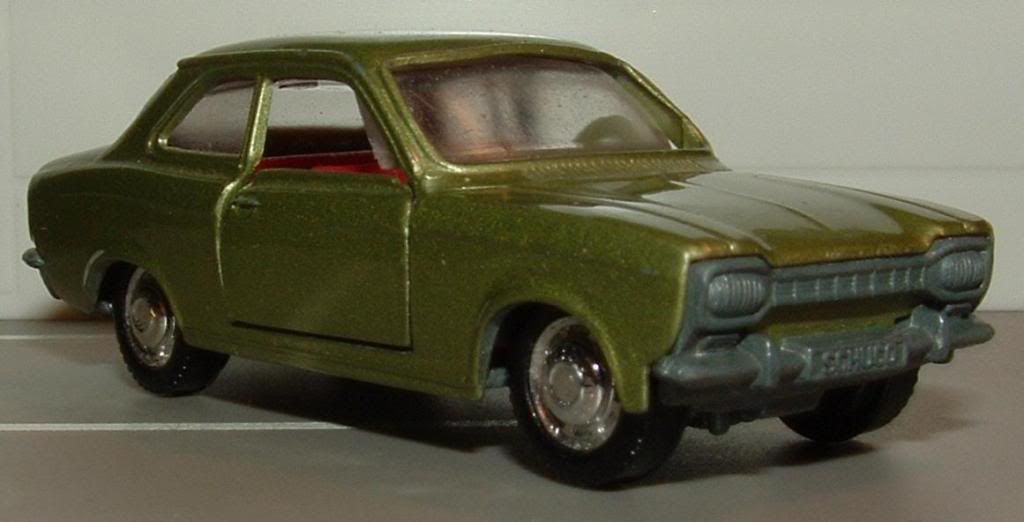
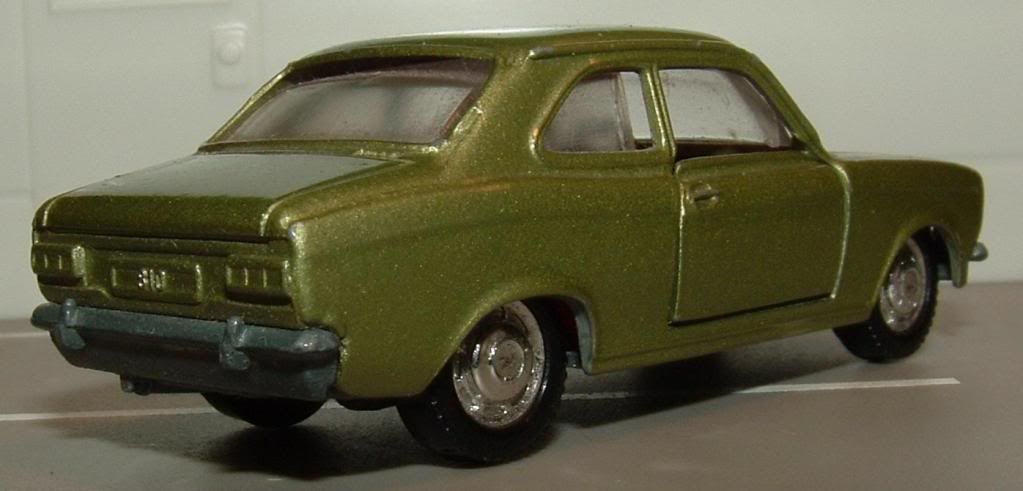

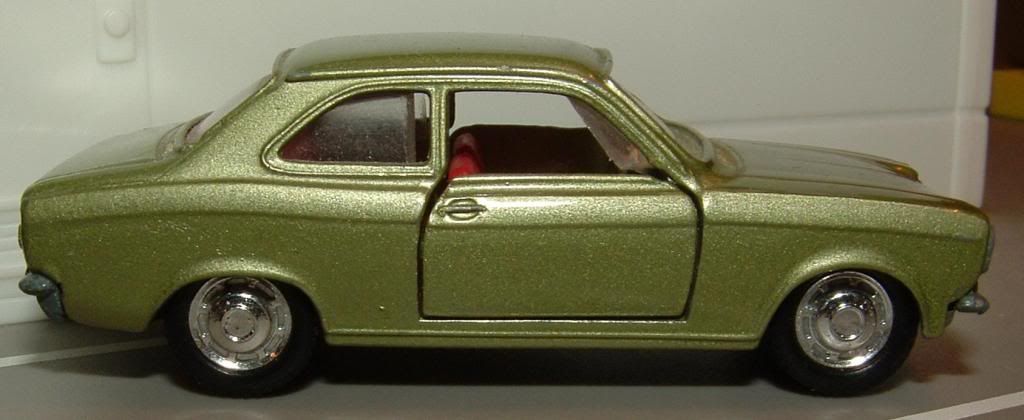
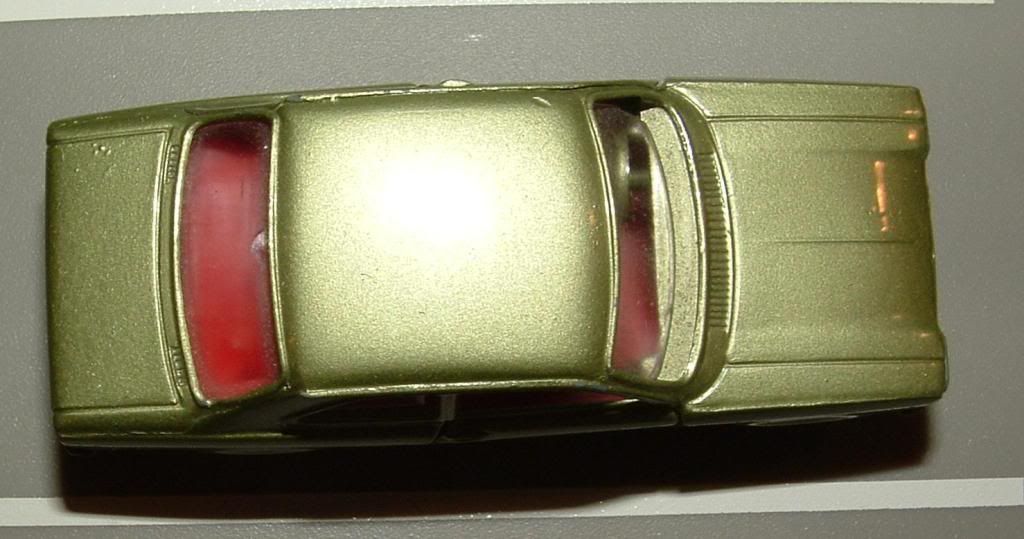
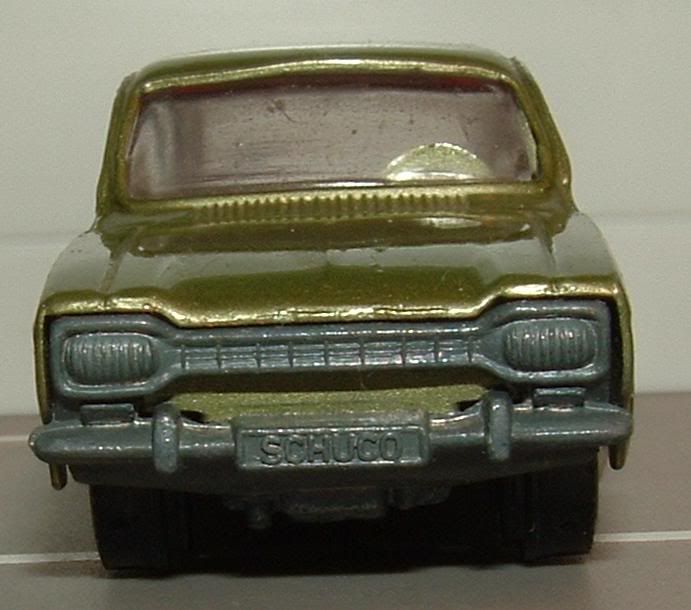

No comments:
Post a Comment